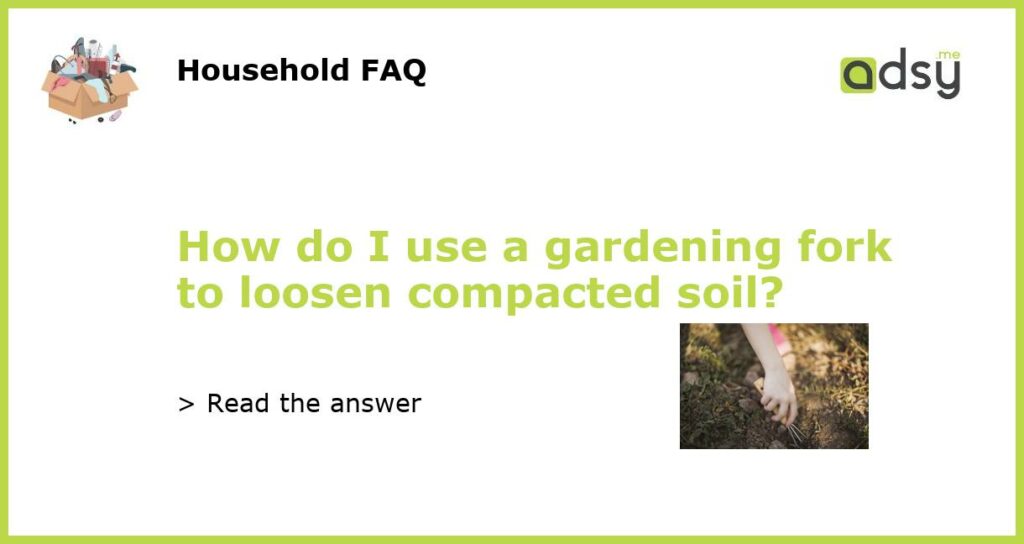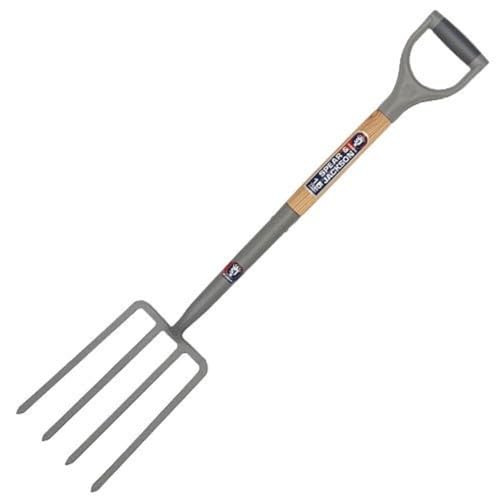What is a gardening fork and why use it?
A gardening fork is a useful tool for any gardener. It is designed to cultivate soil to a depth that is deeper than a hoe or rake, making it ideal for loosening compacted soil. A gardening fork is also great for mixing compost or mulch into the soil, as well as digging up roots, bulbs, and tubers.
What are the benefits of loosening compacted soil?
Compacted soil restricts the movement of air, water, and nutrients in the soil. This makes it difficult for plants to grow roots and access the nutrients they need to thrive. Loosening compacted soil with a gardening fork helps to improve soil structure, allowing water and nutrients to penetrate the soil more easily, and promoting root growth.
How do I use a gardening fork to loosen compacted soil?
First, moisten the soil with water, but don’t make it too wet. Then, insert the tines of the gardening fork into the soil, using your foot to push the fork into the ground. Rock the fork back and forth to loosen the soil, and repeat this process in a grid pattern across the area you want to cultivate. Once you have loosened the soil, you can work in compost or mulch, and plant your seeds, bulbs, or plants.
What should I look for in a gardening fork?
When choosing a gardening fork, look for one with sturdy tines that are made from durable materials. The tines should be spaced far enough apart to allow soil to pass through easily, but close enough together to prevent the soil from falling off. The handle should be comfortable to grip, and the overall length of the fork should be suitable for your height and reach.
Tips for using a gardening fork safely
When using a gardening fork, make sure to wear sturdy shoes or boots to protect your feet. Always keep your hands and feet away from the tines of the fork, and never use the fork as a lever to lift heavy objects. To avoid back strain, use your legs to lift the fork out of the ground, and take breaks if you start to feel tired or achy.






